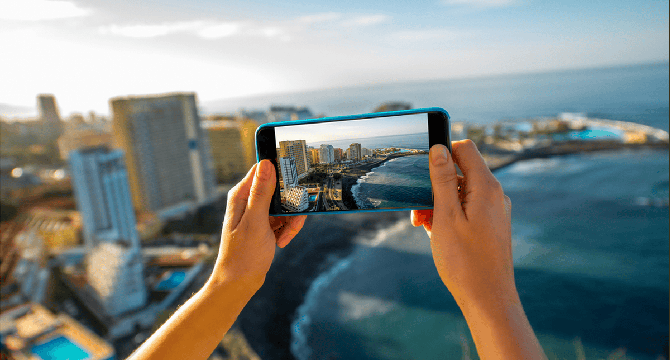Gizchina
1M
67

Image Credit: Gizchina
5 Ways To Keep Your Android Phone Safe During Long Travels
- Traveling with an Android smartphone offers convenience for navigating, booking, and staying connected, but exposes devices to risks like unsecured Wi-Fi networks and theft.
- To protect Android phones during travel, using VPNs, enabling Find My Device, securing with a neck lanyard, avoiding random QR codes, and using eSIM for security are recommended.
- A good VPN is essential to encrypt internet traffic, add privacy, and prevent data tracking on public Wi-Fi networks, enhancing security while traveling.
- Enabling Find My Device feature on Android allows users to track and secure their devices, aiding in locating lost items and remotely wiping data if needed.
- Using a neck lanyard to physically secure the phone can prevent theft or loss, providing an extra layer of protection in crowded or unfamiliar environments.
- Avoiding scanning random QR codes and installing unverified apps helps protect against potential security breaches and malware downloads on Android devices.
- Opting for an eSIM during travel offers enhanced security compared to physical SIM cards, with added benefits like lower costs and increased data protection.
- Being aware of security measures and utilizing resources like VPNs, Find My Device, neck lanyards, cautious app downloads, and eSIMs can help safeguard Android phones during trips.
- Travelers should prioritize securing their smartphones to prevent data breaches, theft, and other risks while on the go for a seamless and safe travel experience.
- Adopting practical habits and taking proactive steps to protect Android devices before and during travel is crucial for ensuring data privacy and device security.
Read Full Article
4 Likes
For uninterrupted reading, download the app